Editor’s note: As we first published this story (May 3, 2022), author John McLeod and his family in rural New Mexico were evacuated from their home and farm due to the Hermit’s Peak / Calf Canyon fire that started not far from their home. “This is what Climate Change looks like,” he wrote, “making the climate personal.”
Update from John McLeod, May 17, 2022: “We were on our land yesterday — Fire came twice over the land, the second very hot and damaging. Caring firefighters protected main homes in the immediate valley, but just down the road five homes burned to the ground. The fire is now New Mexico’s largest historical fire, nearing 300,000 acres in some of the most pristine and culturally significant regions of the West. And the end is nowhere in sight. What remains is the generosity and strength of these traditional communities.”
It is bad. And it is going to get worse. This is not news. All the science, the evidence, the patterns, and indications are that it is going to get much worse. And very soon, inevitable collapses will take place. We need to see this not as the end times, but the “Great Turning,” the “Great Transition,” the opening to the “Fourth World.”
And so imagine if you will…
- Transportation systems collapse
- Grids are compromised and electric power becomes erratic
- Intense droughts and massive rains stress and overwhelm crops
- Water shortages, major water shortages, compromise many cities
- Millions of climate refugees heading north from lands no longer sustaining life
- Coastal cities — large and small — inundated with rising seas
- Insurance companies go out of business
- International stressors as rich countries intensify their resource stripping
- Social uprisings with militant groups escalating
- Norms of hospitals, police, fire stations, ambulance services dwindle
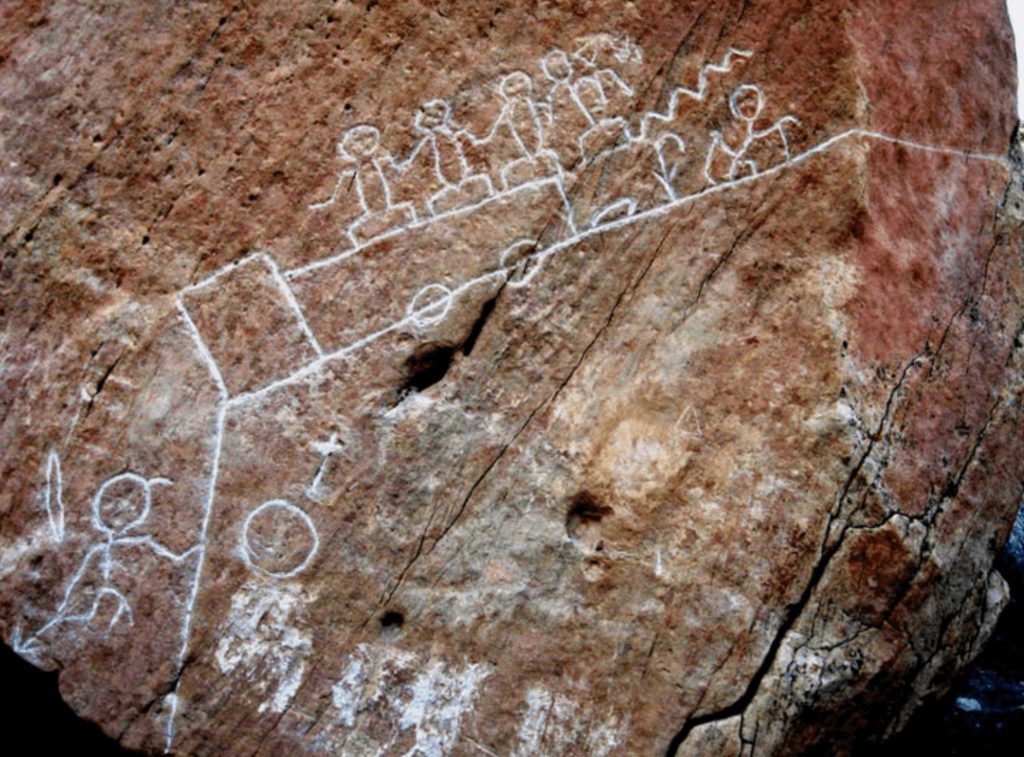
Ok, enough? This is not a dystopian novel. Our recent ecological and social histories make imagining these events quite easy — too easy. The recent United Nations’ Intergovernmental Panel on Climate Change’s report (2/28/22) is blunt in its analysis, and harrowing in its implications. These are indicators of the collapse of a system that is ending. It is not “Nature” doing this to us, it is us doing it to us.
For many of us, our minds and hearts have been consumed with such visions of climate collapse and what to do about it. Indigenous leadership in many of the environmental battles has brought urgency and Earth ethics to the cause. Vast numbers of us attempt countless efforts to poke politicians, corporations, and the public into significant action to mediate the coming crisis. You needn’t look too deeply at the unfolding news to ascertain that the momentum of the trajectory we are on is unlikely to significantly change. We are in the Transition.
Severe destruction and countless sufferings will continue to increase as the old system dies. That is inevitable. What is also inevitable, according to prophecies, are the emergence of new organizations, new structures of living that will be in consort with the Earth laws that emphasize collaboration and cooperation.

Before his death in 1986, Wallace “Mad Bear” Anderson, of the Bear Clan of the Tuscarora Nation of the Six-Nation Iroquois Confederacy, shared his people’s prophesy of a Fourth World. He emphasized that the coming destruction, suffering and chaos needed to be seen as the transition into the Fourth World, a future of regained balance and true sustainability. Joanna Macy, writer, philosopher, activist calls it The Great Turning, a name for the essential adventure of our time. She identifies a shift from the Industrial Growth Society to a life-sustaining civilization whose signs are now being seen.
Thomas Banyaka, Hopi elder and spiritual leader, shared a similar view of a time when humans will move into the Fifth World, a time of harmony and cooperation. There are other equally significant prophecies throughout our planet.
We human beings have the capacity to rein back the depth of the fury headed our way. As kinder and more connected ways of living by individuals and communities arise, the less will be the cascade of events that drag us further into the quagmire. Practically speaking, the emergence of these new structures of living will positively impact the mitigation of the climate crisis.
The solutions are by necessity community and earth collaborative. The way out of the transition will embrace sustainable and life-affirming methods of building new and highly developed systems of producing food, renewable energy, living economies, transportation, restorative justice, and habitat and cultural restoration. Luckily, we humans are incredibly imaginative and inventive (sometimes to a fault). The ingenuity of collaborative, earth-sustaining social and ecological structures is emerging.
Our role in these times is to recognize, embrace and support efforts that reflect the emergence of new paths forward. Some are in our backyards. I want to highlight one such local example.
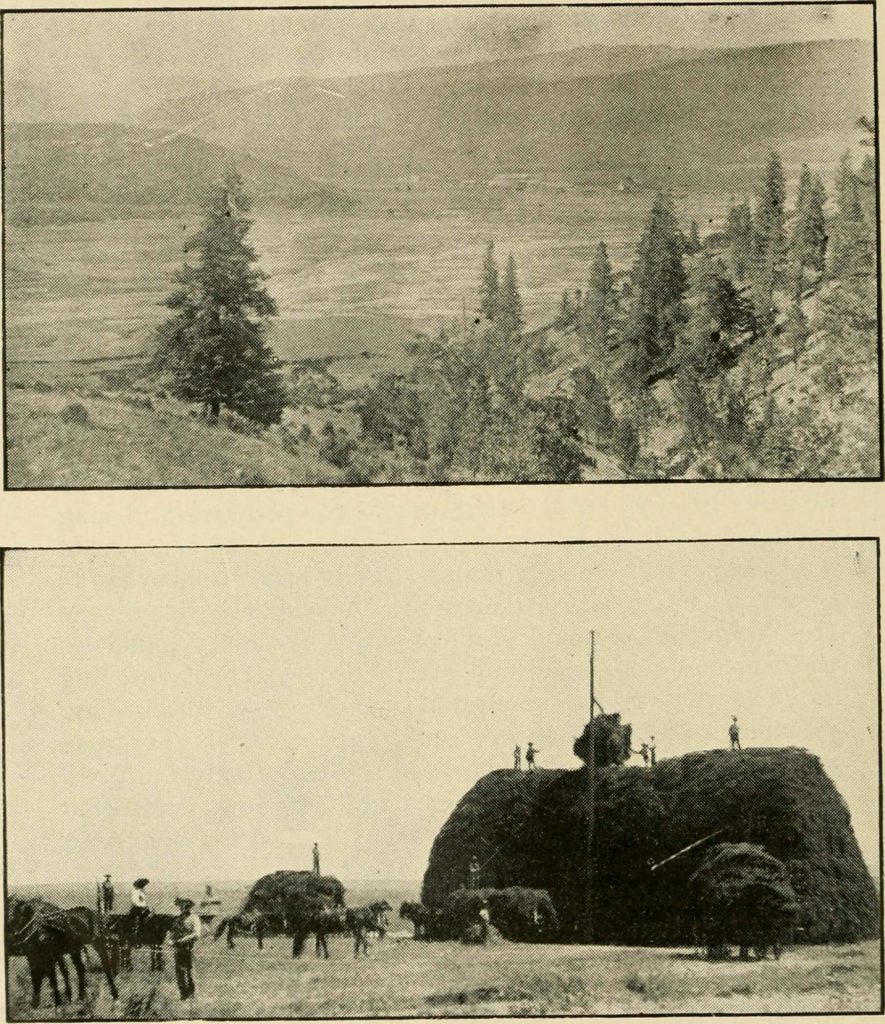
From The Land of Sunshine; a Handbook of the Resources, Products, Industries and Climate of New Mexico (1904): “IN THE MORA VALLEY. Mora County’s agricultural products are its mainstay and are not exceeded in value by those of any other New Mexico county. It can rightfully claim the honor of being one of the leading agricultural counties of the Territory.”
Once known as the bread basket of northern New Mexico, this small, primarily Hispanic community is in one of the poorest counties in the state, with a poverty rate nearly twice the national average. Although limited agriculture is still practiced in this exquisitely beautiful valley, most is hay and cattle production.
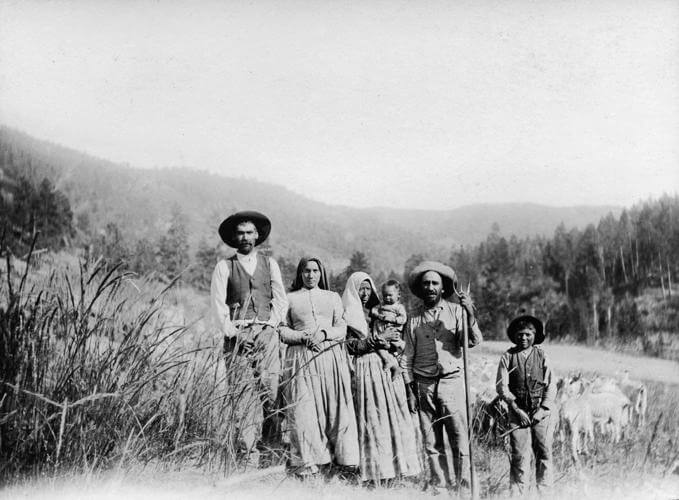
Just over a decade ago, Mora’s only grocery store went out of business. Filling the void (one filled more and more each day in food deserts across this country) was General Dollar. With little fresh, and mostly processed food available, residents who could afford the drive had to travel thirty miles to the nearest grocery store. Such is the irony that Mora has gone from being one of the leading agricultural counties in New Mexico to one where a fresh carrot, squash or beet was nowhere to be found.
But that has changed. Today, in the formerly abandoned grocery, is a thriving farmers’ coop. With an investment of $500 each by five local women, Los de Mora Local Growers Cooperative grew from a small roadside produce stand to a fully functioning year-round grocery.
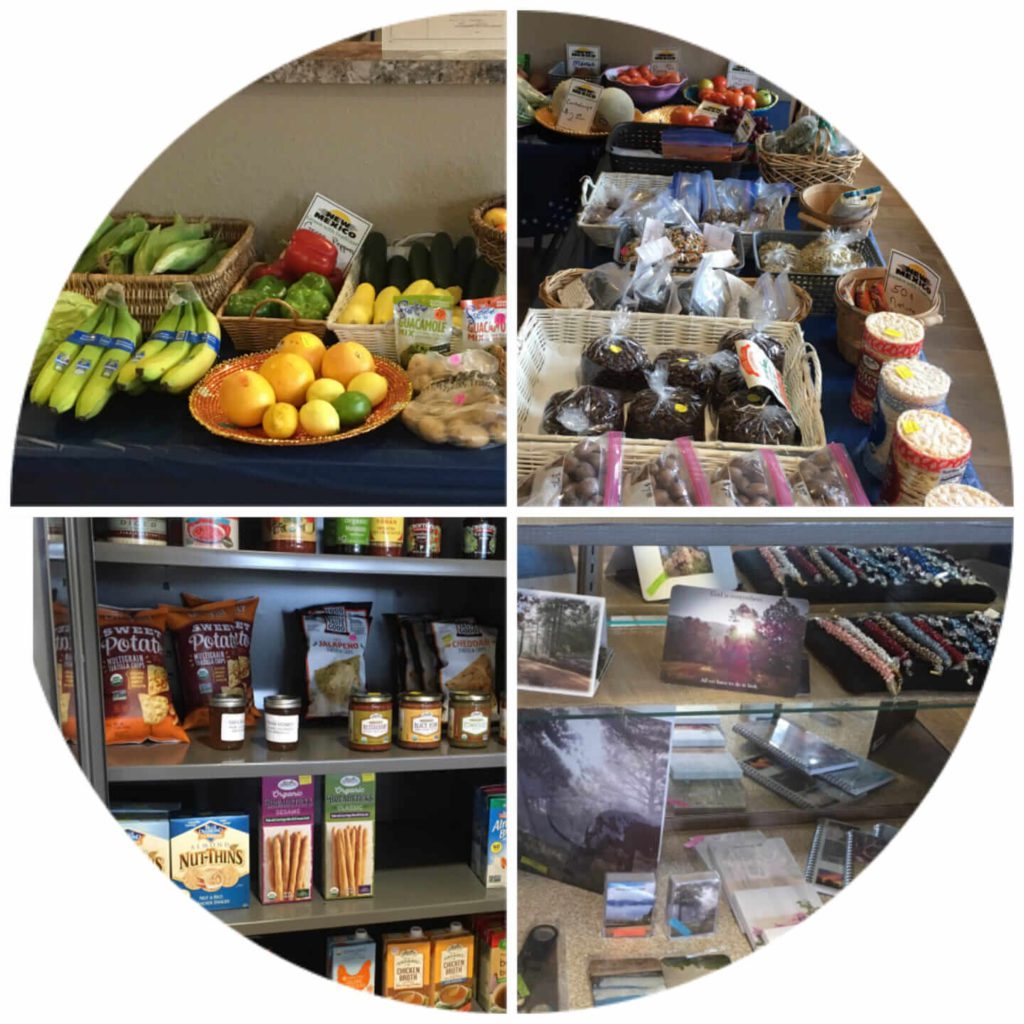
In winter and as I walked through the store I saw racks of locally grown or collected medicinal herbs, local seeds, freezers of grass-fed beef and poultry, dried beans, garlic and onions, local baked goods, refrigerated dairy products, as well as quality dry goods and drinks that have been recommended by the community. On the bulletin board is an invitation for people to join a community paint day to refresh structures in the downtown while another announces a seed-saving workshop. It is alive, emerging, and is becoming vital to the future of the community.
For Mora, this co-op is strengthening its climate resiliency, providing an economic driver for supporting and encouraging local farming, promoting organic and sustainable practices, and encouraging community-based actions.
As we continue to poke and demand a systematic shift to environmental justice and ecological restoration, let us be vigilant in recognizing the emerging local projects and new institutions that stir our gratitude and provide a part of the roadmap to a new world.
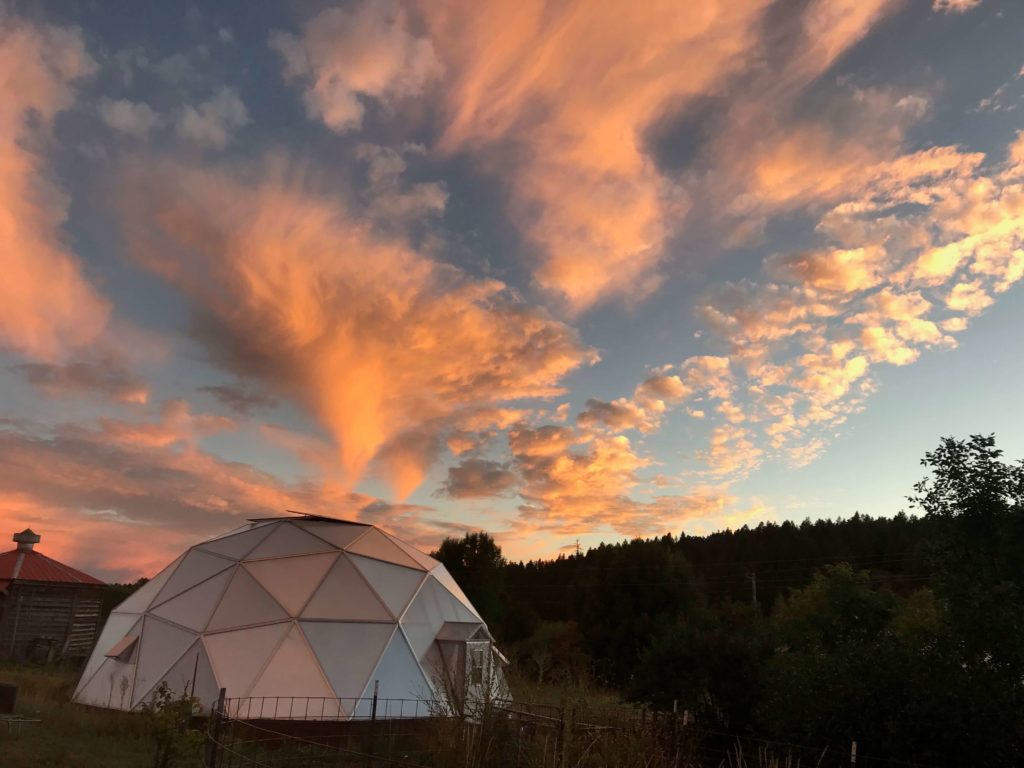
Very hopeful, John. We need as many folks as possible to support this vision of the future.
Thankyou John
This is the type of thinking that turns despair into hope.
You have helped me get out of bed in the morning.
Tuck my small children in at night feeling warmth instead of the will to weep.
I hope you and your family are finding glimmers of the fifth world as you recover and rebuild from your terrible loss.
Kia kaha. Arohanui.
Lesley- truly beautiful words- thank you for sharing them-
I won’t be around long enough to see the 5th World but I pray for it to manifest. Thank you for your perspective, John!
Adamant Vermont —Our grocery store COOP is the only store in town-I believe it is the oldest in VT. It is truly the heartbeat of Adamant. It connects us all in so many ways–We take care of it-It creates our collective energy–Keep up the good work out there John M.—I keep my energy local.
As a transplant from Vermont to New Mexico 40+ years ago, I love hearing of living examples of what I know reveals the heart of the ‘green mountains’.
Thank you, John. As I weep for the losses in the Mora Valley and across the region, your story brings hope and a vision of renewal. The Adaptive Cycle (https://www.resalliance.org/adaptive-cycle) teaches us from the wisdom of ecological systems that disruption, collapse, and release is the necessary precursor to reorganization and renewal. I like to think that disruption is the divine hand of regeneration. Witnessing the losses that come with systems collapse is so painful… and, yes, a necessary part of this transition to living in ways that create conditions conducive to life.
Toby- the adaptive cycle you link is nourishing and refreshing- so encouraging to see a deep understanding of the ecological cycles- thanks for that-